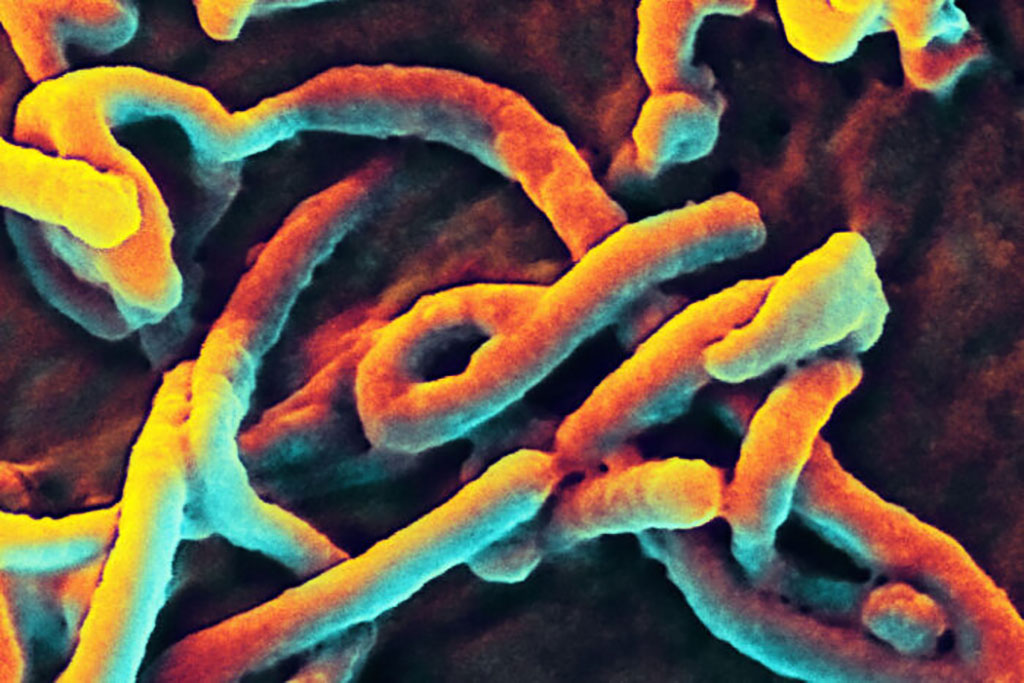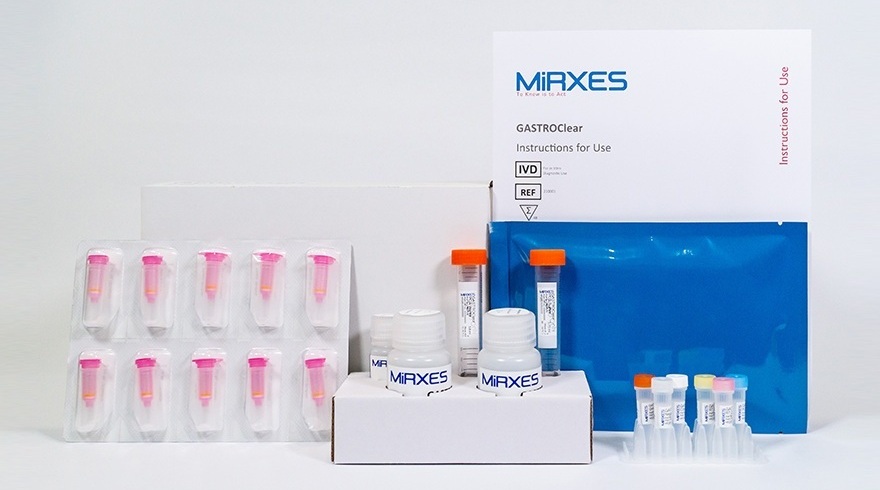New Tool Improves Ebola Virus Diagnosis
Posted on 09 Jun 2022
Since it was discovered in 1976, the deadly Ebola virus disease, which kills up to 89% of infected people, has caused dozens of outbreaks, mostly in Central and West Africa. Ebola virus is transmitted by contact with bodily fluids. It causes fever, body aches, diarrhea and bleeding – non-specific symptoms that easily can be mistaken for other viral infections or for malaria. In recent years, vaccines and effective therapies for Ebola have been developed, but they are not widely available. Instead, health officials control the deadly virus by containing outbreaks. The strategy relies on quickly identifying infected people and preventing transmission by encouraging caregivers to wear protective gear. There is a need for a rapid, early diagnostic that could help public health workers track the virus’ spread and implement strategies to limit outbreaks. Now, a new tool can quickly and reliably identify the presence of Ebola virus in blood samples, according to a study.
The technology, developed by researchers at the Washington University School of Medicine (St. Louis, MO, USA), which uses so-called optical microring resonators, potentially could be developed into a rapid diagnostic test for the Ebola virus. The researchers had previously developed optical microring resonators, a kind of whispering gallery mode device used for molecular detection. The name comes from the Whispering Gallery at St. Paul’s Cathedral in London. A whisper uttered on a walkway in the dome above the nave can be heard clearly more than 100 feet away because the sound waves increase in amplitude as they bounce around the circular wall. The 18th century builders accidentally constructed a giant demonstration of the principle of acoustic resonance, in which sound waves increase in amplitude if they interact in precisely the right way. The same phenomenon occurs with light waves on a much smaller scale.

The researchers decided to apply the technology to create a better diagnostic test for Ebola and develop a tool that could detect tiny amounts of Ebola-related molecules in blood samples using microring resonators. The key was finding the right molecule. Current diagnostic tests detect the virus’s genetic material or a glycoprotein - a protein covered in sugar - produced by the virus. But they aren’t reliable until the virus has multiplied to high levels in the body, a process that can take days. The researchers then developed a highly sensitive antibody capable of detecting the viral soluble glycoprotein at low levels, incorporated the antibody into their device and tested it using blood from infected animals. They found their technique could detect the glycoprotein as early as or earlier than the most sensitive test for viral genetic material. Importantly, the technology also allowed them to quantify the amount of viral glycoprotein in the blood. The higher the level, the worse the infected animals fared. Moreover, the test only took 40 minutes start to finish.
“Using a biomarker of Ebola infection, we’ve shown that we can detect Ebola infection in the crucial early days after infection. A few days makes a big difference in terms of getting people the medical care they need and breaking the cycle of transmission,” said co-first author Abraham Qavi, MD, PhD, a postdoctoral researcher at Washington University. “Looking at these data, we can say, ‘If you’re above these levels, your chance of survival is low; if you’re below it, your chance of survival is high.’ We still have to validate this in infected individuals, but if it holds up, doctors could use this information to tailor treatment plans for individual patients and allocate scarce medications to the patients most likely to benefit.”
“We’ve shown the fundamental science works,” he added. “Now it’s just an issue of miniaturizing the devices and taking them into the field.”
Related Links:
Washington University School of Medicine














